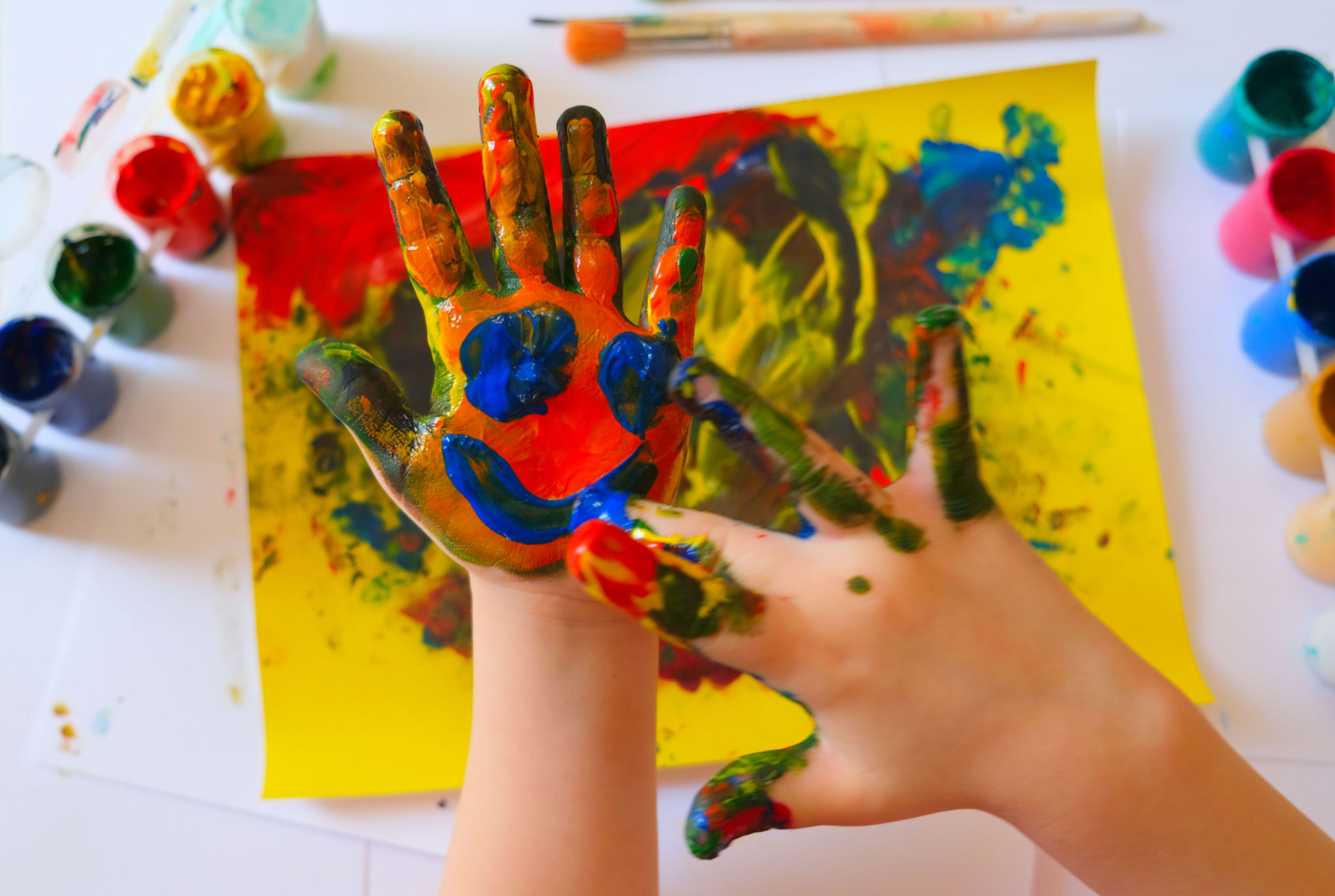Common Misconceptions About Child Therapy: Insights from a Colchester-based child therapist.
Understanding Child Therapy
Child therapy is a field that often carries many misconceptions. These misunderstandings can prevent families from seeking the help their children may need. In this article, I will debunk some of these myths and provide insights on what child therapy truly entails.

Myth 1: Therapy is Only for Children with Severe Issues
One of the most common misconceptions is that therapy is only necessary for children with severe mental health problems. However, child therapy can be beneficial for a range of issues, from mild anxiety to significant behavioural challenges. Early intervention through therapy can help prevent minor issues manifesting into more serious concerns.
Many children experience stressors such as school changes, family dynamics, or social pressures. Therapy provides a safe space for them to express feelings and review and create new or alternative coping strategies. It's important to recognise that therapy can be a proactive approach to mental health.
Myth 2: Therapy Will Label My Child
Parents often worry that attending therapy will lead to their child being labelled in a negative way. However, therapy is not about labelling; it's about understanding and supporting the child’s individual needs. As a qualified psychotherapist, I focus on empowering your child and providing them with the mental tools to navigate their inner world safely and effectively.

In fact, therapy can help reduce stigma by normalising conversations around mental health and emotional well-being. It can also educate families about how to support their child in a nurturing way.
Myth 3: Children Do Not Benefit from Talking Therapies
Another misconception is that children are too young to benefit from talking therapies, such as psychotherapy. While it's true that some younger children may not have the verbal skills of adults, child therapists use a variety of techniques such as play, art, and storytelling to engage children. These methods allow children to express themselves in ways that are natural and comfortable for them.

Play in psychotherapy, for example, uses toys and games to help children communicate their feelings and experiences. This approach helps therapists understand the child's world and their relationships, and facilitates working through any challenges they may be facing.
The Role of Parents in Child Therapy
Parents play a crucial role in the therapeutic process. Involving parents in therapy sessions can enhance the effectiveness of treatment by ensuring consistency and support outside of sessions.
Open communication between the therapist and family is essential for creating a supportive environment where the child feels safe to explore their thoughts and feelings.
It is with noting however, children have a right to privacy and confidentiality, though your child can share as much or as little details of their therapy with you, their therapist is limited to what they can share and must first gain consent of the child prior, except where risk is identified.

Seeking Help: A Step Towards Growth
Seeking therapy for your child is a positive step towards fostering their emotional and mental well-being. It shows a commitment to their development and an understanding of the importance of mental health. Dispelling these myths can encourage families to pursue the support they need without fear or hesitation.
If you have questions or concerns about child therapy, contact me to discuss how psychotherapy can be tailored to your child's specific needs.